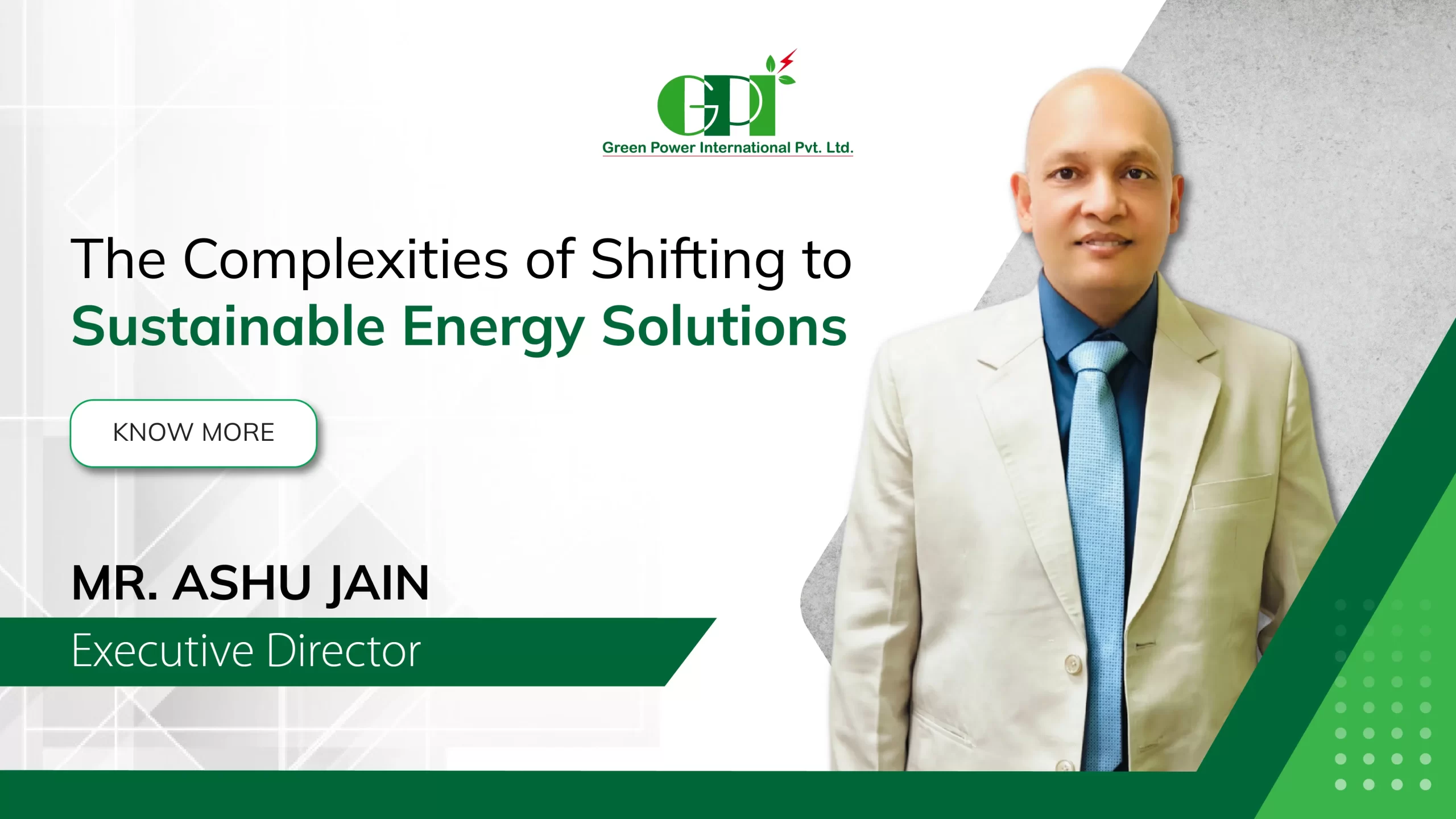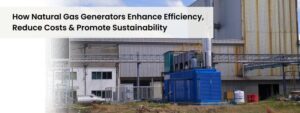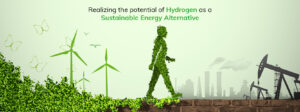The change from conventional fuels to sustainable energy solutions seems imperative in the present world—something that needs to be done rather than being given the option of doing it. Nevertheless, fossil fuels continue to account for a phenomenal share of 81.5% primary energy consumption, as noted in the Statistical Review of World Energy published by the Energy Institute. The world still is heavily reliant on natural gas, coal and over oil, no matter how detrimental this over dependency may be. It is vital to transition to sustainable sources of energy in order to slow the rate of climate change and protect the future of humanity and the planet.
The Challenges of Transitioning
It is not surprising to hear that in recent times, people are obsessed with the fact that sustainable energy will be the ‘energy of the future’ as it is vastly more efficient as compared to traditional sources of energy. But there are problems that hinder this transition. Following the trend, it is crucial to note that in a few decades, the modern-day solutions of today, namely solar panels, windmills, and biofuels may become obsolete. This undermines the notion of sustainability and makes it imperative for all stakeholders to invest in R&D constantly. What today appears to be the most optimum solution will, tomorrow, be dispensed with in favor of the newer more efficient solutions that are bound to develop.
Emerging technologies like perovskite solar panels, solid-state batteries, and AI-integrated energy management systems offer promising advancements but also introduce new challenges. These innovations require substantial time, resources, and infrastructure for widespread implementation, further complicating the path to a sustainable energy future.
Cost and Infrastructure Hurdles
One of the primary barriers to transitioning to sustainable energy lies in the high initial costs. Sufficient capital and operational expenditures need to be incurred for the transformation of fossil fueled infrastructure to green energy solutions. It is true that when operating a renewable energy source, the maintenance costs may be lower. However, the initial set up costs tend to be high especially for small businesses
Despite the financial burden, the long-term benefits are undeniable. As Ashu Jain, Executive Director of Green Power International, explains, the transition to sustainable energy is crucial, and delaying these investments will only hinder future progress.
Policy and Decision-Making
The transition also depends on translating strategies into action. Hence, the governments need to come up with supporting policies, financial instruments and other incentives to facilitate and spur adoption of such technologies. While favorable policies help create such an environment, the process is often delayed by considerations of cost, practicality, and the impact on the environment. It is important that all stakeholders are in agreement, but this takes time which only complicates the transition process further.
Raising Awareness and Moving Forward
Another significant challenge is resistance from communities and industries that are accustomed to traditional energy sources. While awareness around sustainable energy is growing, further education and dialogue are necessary to push the agenda forward. Highlighting the benefits of cleaner, greener energy sources can help overcome resistance and inspire action on both individual and corporate levels.
One would assume that the journey toward the sustained energy transition is the natural progression but, that is not the case. The rapid changes in technologies, the amount of investment needed and the issues of making up one’s mind, make the shift along anything that one would regard as simple. But as Ashu Jain notes, such a transition is central to solving issues related to climate change and ensuring an up and coming energy landscape in the years ahead. Such practices are not futuristic but delving into options need to be considered today.


















